RETRO – Cinemaware was a game development company founded in the mid-80s and was known for creating cinematic and immersive games that pushed the boundaries of what was possible at the time. The company’s games were known for their high-quality graphics, sound, and storytelling, and they were some of the most innovative and ambitious games of the era. This article will take a look at the history of Cinemaware and its most notable games.
Cinemaware was founded in 1985 by three friends, Bob Jacob, Bob Rakosky, and Mike Koerner. The company’s first game, “Sinbad and the Throne of the Falcon”, was released in 1987 for the Commodore Amiga. The game was a graphical adventure game that was heavily influenced by the classic “Arabian Nights” tales, and it was a huge success. The game’s high-quality graphics, sound, and storytelling set a new standard for adventure games, and it won several awards, including the “Amiga Game of the Year” award.
After the success of “Sinbad and the Throne of the Falcon”, Cinemaware began to release a series of critically acclaimed games. In 1988, the company released “The King of Chicago”, a crime-themed adventure game that was set in the prohibition era of the 1920s. The game was praised for its immersive storytelling and high-quality graphics, and it was a commercial success.
The rise of Cinemaware: medieval times and campy World War II
Still, perhaps the best remembered of the Cinemaware titles was Defender of the Crown: a classic strategy game developed by Cinemaware in 1986. Players took on the role of a medieval ruler trying to reclaim their kingdom, using a combination of strategy, battles, jousting, and castle sieges. The game’s use of animated cutscenes and diverse gameplay mechanics set it apart from other similar strategy games of the time.
Lords of the Rising Sun was another classic strategy game developed by Cinemaware in 1988 for the Commodore Amiga platform. The game provided players with an immersive experience of medieval Japan, where they take on the role of a daimyo, a powerful feudal lord, and must navigate the intricate political landscape of the time.
Throughout the game, players must make important decisions that will impact their reputation and relationships with other lords, as well as their standing in the eyes of the emperor. The game also includes elements of combat and resource management, as players must maintain a strong army and secure resources to ensure the stability and prosperity of their domain.
Lords of the Rising Sun received critical acclaim for its deep storytelling and attention to historical detail, and is considered a classic of the genre. The game’s blend of strategy, history, and culture provides players with a unique and engaging way to explore and experience the rich history of Japan.
Another Cinemaware classic was Rocket Ranger: an action-adventure game developed by the company in 1988. Rocket Ranger was a sci-fi action-adventure game, and it took place in an alternate timeline where the Nazis have developed a rocket program that threatens to take over the world. Players took on the role of a Rocket Ranger, tasked with saving the world by sabotaging the Nazi rocket program and uncovering their secret weapons during World War II. With thrilling missions, challenging boss battles, and beautiful cutscenes the game combined elements of platforming, shooting, and strategy, and was praised for its graphics and soundtrack.
They both came from the desert
The next year, in 1989, they released It Came from the Desert a game that combined elements of strategy and action. Players controlled a scientist investigating a mysterious giant ant invasion in the desert. With a campy 1950s B-movie style and tongue-in-cheek humor, the game offered a lighthearted and entertaining experience. The mix of strategy and fast-paced action kept the players engaged, making it a fun adventure to play.
It Came from the Desert had an actual follow-up, It Came from the Desert II, which was developed by Cinemaware’s subsidiary, The Bitmap Brothers, and was released for the Commodore Amiga and PC in 1993. The game was also set in the 1950s and followed a similar storyline to the first game, with players controlling a scientist who must stop an alien invasion. It Came from the Desert II was well-received by fans of the first game and was praised for its improved graphics and sound effects. However, it was not as successful as its predecessor, and the decline of Cinemaware had a significant impact on its commercial success.
Cinemaware also released several other notable games during this period, including “TV Sports: Football” (1990), which was one of the first sports games to feature realistic graphics and commentary. In 1991, the company also released “It Came from the Desert”, a horror-themed adventure game that was set in the 1950s. The game was praised for its immersive storytelling, high-quality graphics, and sound effects, and it was a commercial success.
The decline of Cinemaware
Despite its early success and critical acclaim, Cinemaware faced financial struggles in the early 90s. The company was facing increased competition from other game development companies and rising costs of producing high-quality games. These challenges were compounded by the fact that the gaming industry was rapidly evolving, with new technologies and market trends emerging regularly.
The company’s final game, “Wings,” released in 1990, was not as well-received as its previous releases, which further contributed to its financial struggles. Despite its efforts to stay afloat, the company was unable to overcome these challenges and in 1991, it filed for bankruptcy. This marked the end of Cinemaware as a company, and the company was dissolved shortly thereafter.
The legacy of Cinemaware
Despite its decline, Cinemaware remains an important part of video game history. The company’s games, such as “Sinbad and the Throne of the Falcon,” “The King of Chicago,” and “It Came from the Desert,” are still remembered and enjoyed by gamers today, and they continue to be regarded as some of the best games of the 80s and 90s. Cinemaware’s legacy lives on, and its games continue to inspire game developers who strive to create immersive and cinematic gaming experiences.
-BadSector-

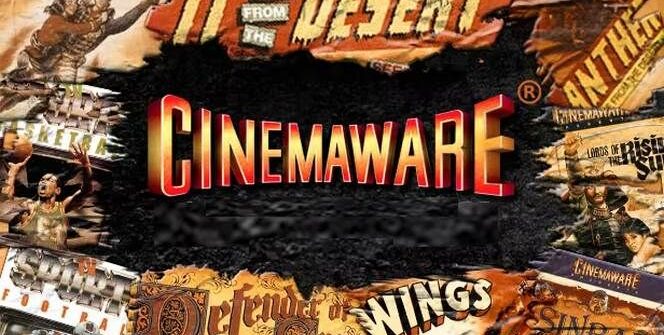
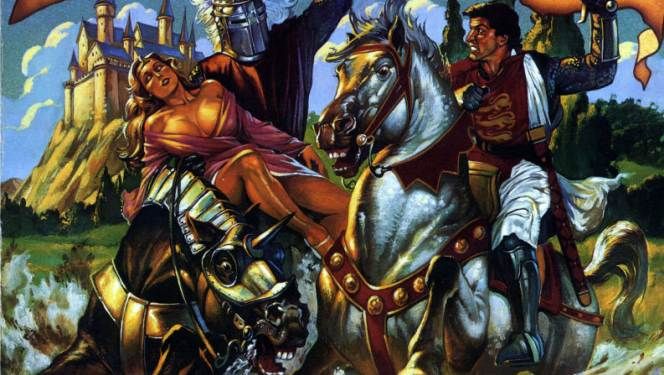
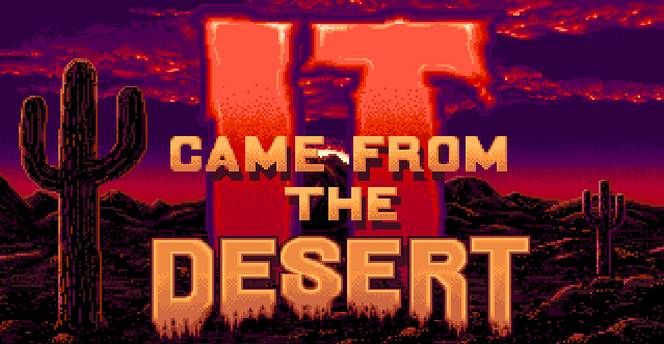
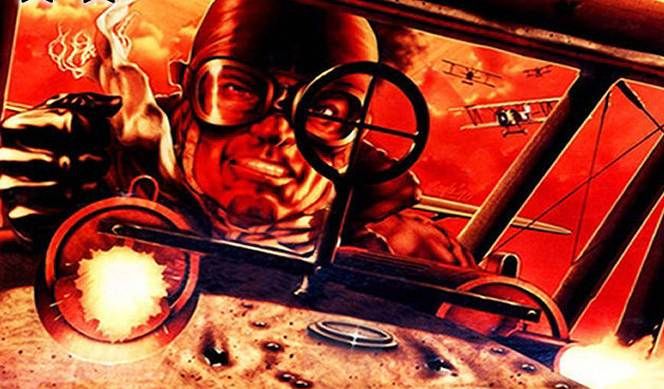






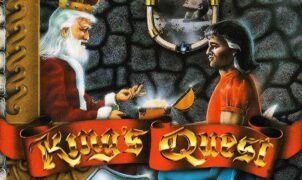
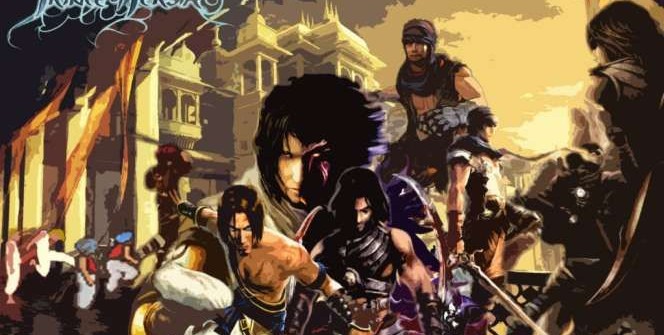






Leave a Reply